What is a Landing Page? A Comprehensive Guide to Understanding Landing Pages
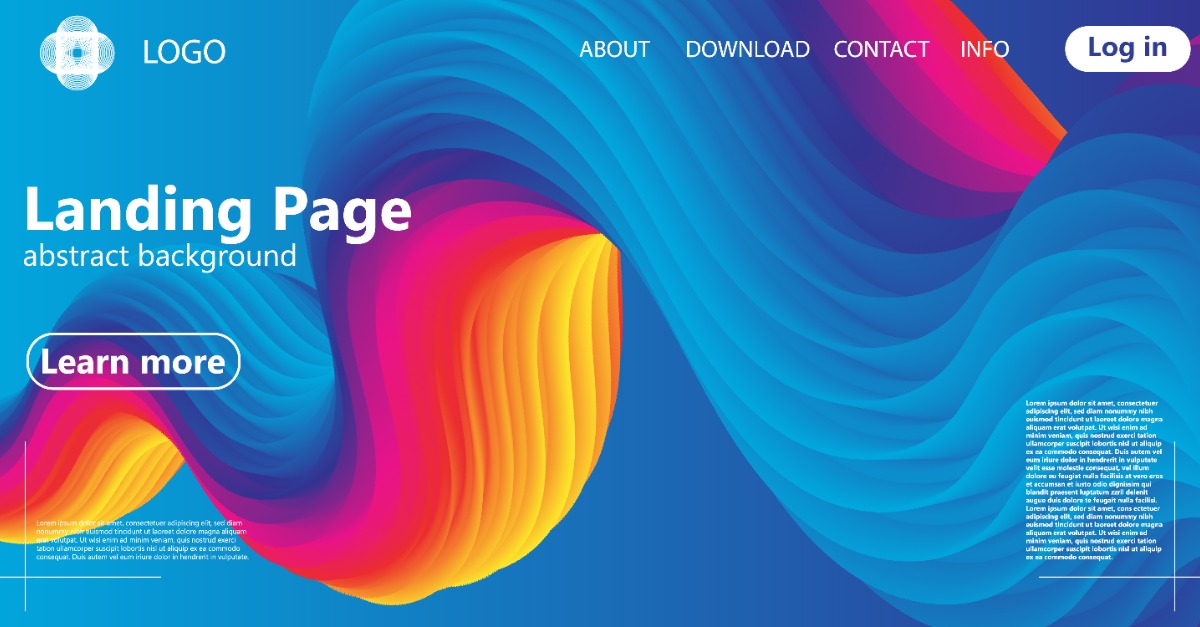
Are you looking to create a high-converting landing page that drives leads, sales, and customer engagement? You've come to the right place! The importance of an effective landing page cannot be overstated, as it serves as the gateway for potential customers to take the next step in their journey. In this comprehensive guide, we will delve into the world of landing pages, exploring their purpose, types, components, and strategies to optimize their performance. Be prepared to unlock the full potential of your landing pages and transform your marketing efforts by understanding "what is a landing page" and how to make the most of it!
Short Summary
-
A landing page is an effective tool for lead generation and directing users to the next step in their journey.
-
It requires careful research, a well-thought-out design & layout, and content & messaging tailored to the target audience's needs for maximum conversion.
-
Optimizing through A/B testing, mobile responsiveness, and SEO can drive targeted traffic resulting in leads and customers.
Defining a Landing Page

A landing page is a standalone web page, distinct from other pages on a website, designed specifically for marketing or advertising campaigns. Its primary goal is to convert visitors into leads or customers by capturing their information in exchange for a valuable offer, such as a free ebook or a discounted product. Landing pages serve two main functions: lead generation and directing users to the next step in their journey.
Landing pages differ from regular web pages as they are tailored for a specific target audience and focus on a single call to action (CTA). This targeted approach results in a higher likelihood of converting visitors into leads or paying customers. They can also be used in conjunction with paid ads, such as Google Ads, to ensure a seamless experience for users clicking on an advertisement.
Creating your own landing page is now easier than ever with the help of a myriad of landing page builders available. These tools offer pre-built templates, allowing you to quickly design and customize your landing pages to fit your marketing strategy. By utilizing a dedicated landing page, you can streamline your marketing efforts, improve conversion rates, and attract more leads to grow your business.
Purpose of a Landing Page
The primary focus of a landing page is to provide value to the visitor and demonstrate how the offer can benefit them. A well-crafted landing page nurtures existing customer relationships and acquires new ones by capturing visitor information, such as their name and email address, in exchange for the desired offer. This lead generation process aids in refining your marketing strategy and targeting efforts, providing invaluable insights into your potential customers.
When designing a landing page, it's crucial to consider the placement of the CTA, persuasive arguments, and the overall usability of the design. A compelling headline can convince visitors to read the rest of the page, while visuals can help convey the value of the offer and make information easier to process. The CTA should be clear and direct, guiding visitors to take a specific action, such as filling out a form or making a purchase. Minimizing navigation on the page ensures a straight path from the landing page to the desired action, increasing the likelihood of conversion.
Components of a Landing Page
A successful landing page comprises several key components that work together to facilitate conversions and sales. These elements include visuals, headlines, descriptions, CTAs, summaries of benefits, social proof, and closing statements. Each component plays a vital role in capturing the user's attention and communicating the value proposition.
The headline is of utmost importance, as it should grab the user's attention and clearly convey the value of the offer. The description should be succinct and informative, while the CTA needs to be prominent and persuasive. Visuals should be appealing and relevant, and trust symbols, such as customer testimonials or authority badges, should be displayed to demonstrate social proof.
By incorporating these essential components, your landing page will be well-equipped to convert visitors into leads and customers.
Types of Landing Pages
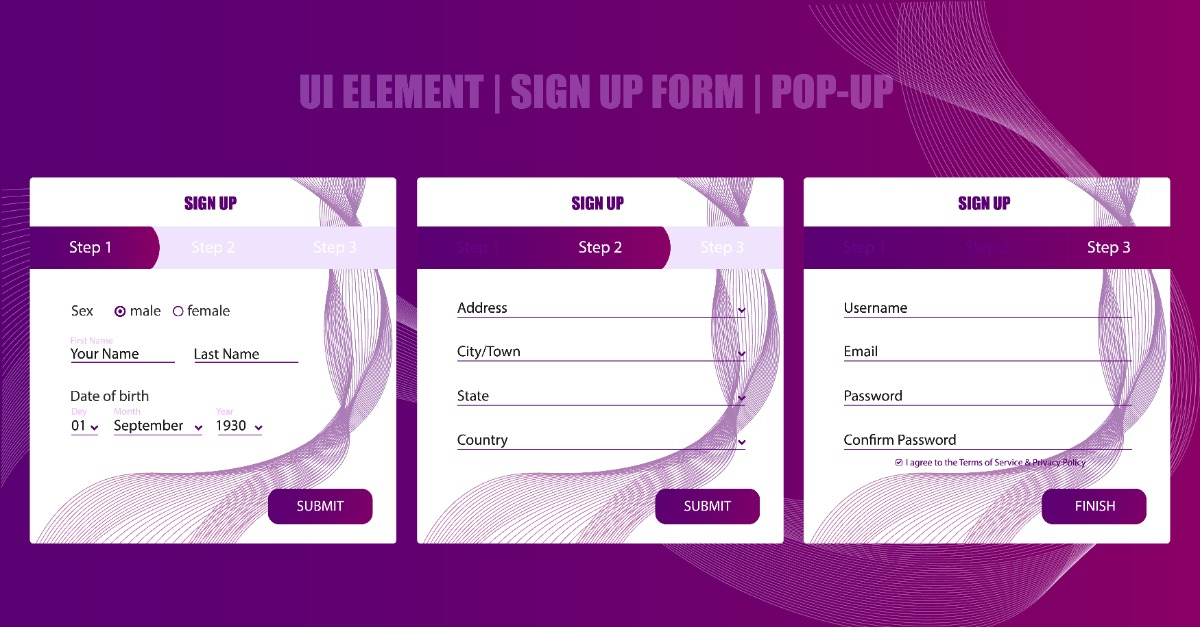
There are two primary types of landing pages: lead generation and click-through. The type of landing page employed depends on the desired outcome and the prospect's stage in the buyer's journey. Each type has its own unique call-to-action and goals for businesses, making it essential to choose the right one to suit your marketing strategy.
Lead-generation landing pages are designed to capture visitor information, such as names and email addresses, for the purpose of generating leads. These pages typically feature a form for visitors to submit their contact information in exchange for a valuable offer, such as a free trial or a downloadable resource. By collecting this data, marketers can optimize their targeting efforts and refine their marketing strategy.
Click-through landing pages, on the other hand, are primarily used by websites focused on immediate sales, such as e-commerce sites. The call-to-action on these pages usually prompts the visitor to proceed to the checkout flow or complete a transaction. By providing persuasive information about the offer without distracting the user with a "buy" button, click-through landing pages can effectively guide prospects toward the desired action.
Lead Generation Landing Pages
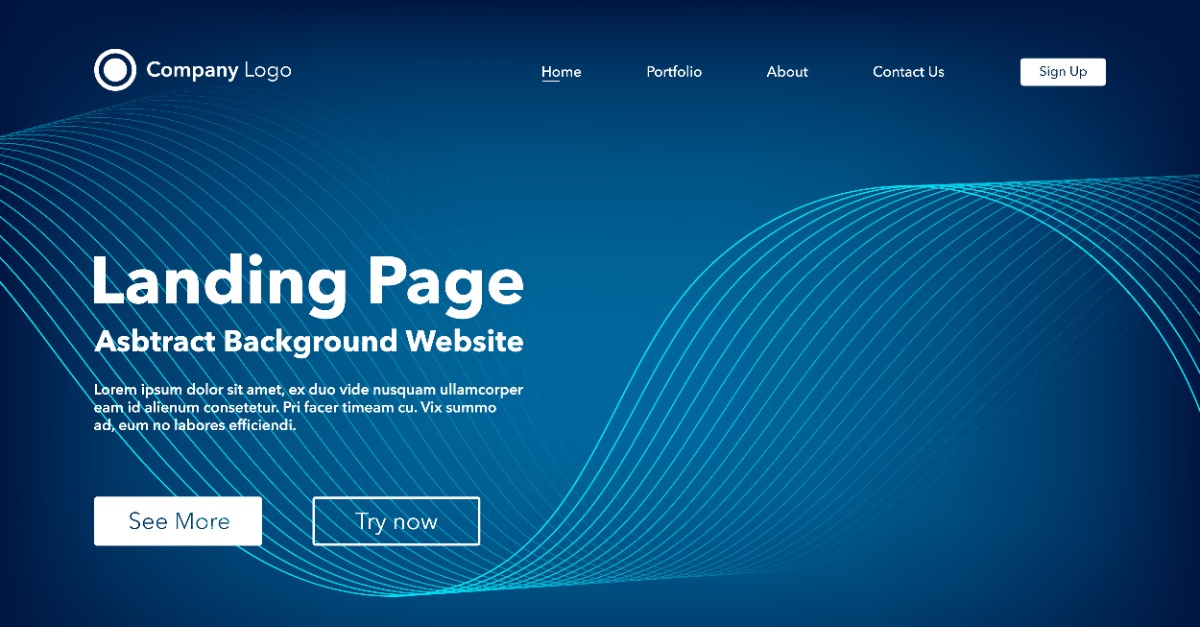
A lead generation landing page captures information from visitors to generate leads. This type of landing page typically contains a form that requires visitors to submit their contact information, such as their name and email address, in exchange for a valuable offer. By collecting this information, marketers can gain insights into their potential customers and create tailored ads to target their audience more effectively.
The objective of a lead generation landing page is to acquire lead data and build a relationship with potential customers. Ensuring a message match between the landing page and the advertisement is essential, as users have clicked on the advertisement with the expectation of obtaining information that could assist them in resolving an issue. By fulfilling the promises made in the advertisement, you can effectively nurture existing customer relationships and acquire new ones.
Click-Through Landing Pages
Click-through landing pages are designed to direct users to a page where they can take the desired action, such as purchasing a product or signing up for a service. These pages allow visitors to peruse persuasive information about an offer without being distracted by a "buy" button. Visitors have the choice to click through. Once they do so, they are redirected to a page where they can fill out a form in order to receive the offer.
The call-to-action on a click-through landing page typically consists of a button prompting the visitor to proceed to the checkout flow or complete a transaction. By providing persuasive content and an intuitive layout, click-through landing pages can effectively guide prospects toward the desired action, resulting in increased conversions and sales.
Event Registration Landing Pages
Event registration landing pages are designed to facilitate visitors in registering for an upcoming event. These pages provide details about the event and include a form for visitors to fill out with their registration information. By capturing this data, event organizers can convert prospective attendees into event participants and potential customers.
The aim of an event registration landing page is to streamline the registration process for visitors, making it easy for them to sign up and attend the event. By providing all the necessary information in a clear and concise manner, these landing pages can effectively drive attendance and ultimately contribute to the success of the event.
Creating an Effective Landing Page
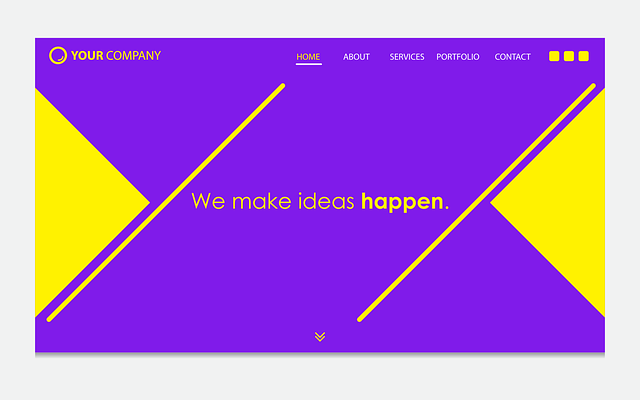
Creating an effective landing page requires a combination of research and planning, design and layout, and content and messaging. These elements should be tailored to the buyer persona, ensuring that the landing page speaks directly to the target audience and addresses their specific needs. By following best practices and paying close attention to detail, you can create a high-converting landing page that drives leads, sales, and customer engagement.
Before diving into the creation of a landing page, it's essential to conduct background research and understand your target audience. By segmenting your audience and crafting a landing page that addresses their specific needs, you can create a more personalized experience that increases the likelihood of conversion. Additionally, selecting the right landing page builder or template can streamline the design process and help you create a visually appealing and user-friendly page.
Once you have a solid foundation in place, it's time to focus on the design and layout of your landing page. A well-designed landing page should be visually appealing, easy to navigate, and have a clear visual hierarchy that guides the user toward the desired action. Careful consideration should be given to the content and messaging on the page, ensuring that it effectively communicates the value proposition and resonates with the target audience.
Research and Planning
Before creating a landing page, it's crucial to conduct background research and target specific markets. This research enables you to understand your audience's preferences and tailor the landing page accordingly. By segmenting your audience and targeting each segment with a dedicated landing page, you can increase the likelihood of conversion and generate more leads.
Selecting the right landing page builder is also essential for a seamless design process. An intuitive and user-friendly platform with drag-and-drop capabilities can help you create a visually appealing and effective landing page with ease.
By understanding your target audience and planning accordingly, you can create a landing page that resonates with your visitors and drives conversions.
Design and Layout
The design and layout of a landing page play a critical role in capturing the user's attention and guiding them towards the desired action. A well-designed landing page should have a clear visual hierarchy, making it easy for users to navigate and understand the information on the page. Additionally, visually appealing elements, such as images and graphics, can help draw attention to the most important aspects of the offer.
Some recommended practices for designing a landing page include utilizing a concise headline, visually appealing visuals, a straightforward and intuitive layout, and a contrasting color scheme. By incorporating these elements, your landing page can effectively communicate the value proposition, capture the user's attention, and guide them toward the desired action.
Content and Messaging
Content and messaging are essential components of a landing page, as they articulate the value proposition to the visitor and keep them focused on the goal. A well-crafted landing page should be tailored to a specific target audience and focus on a single call to action. This targeted approach helps to maintain the user's attention and increases the likelihood of converting visitors into leads or customers.
By optimizing the content on your landing page for a single buyer persona, you can create a more personalized experience for your visitors. This personalization can lead to increased engagement and a higher likelihood of conversion.
Additionally, clear and persuasive messaging can help to build trust and establish a relationship with potential customers, further enhancing the effectiveness of your landing page.
Optimizing Your Landing Page
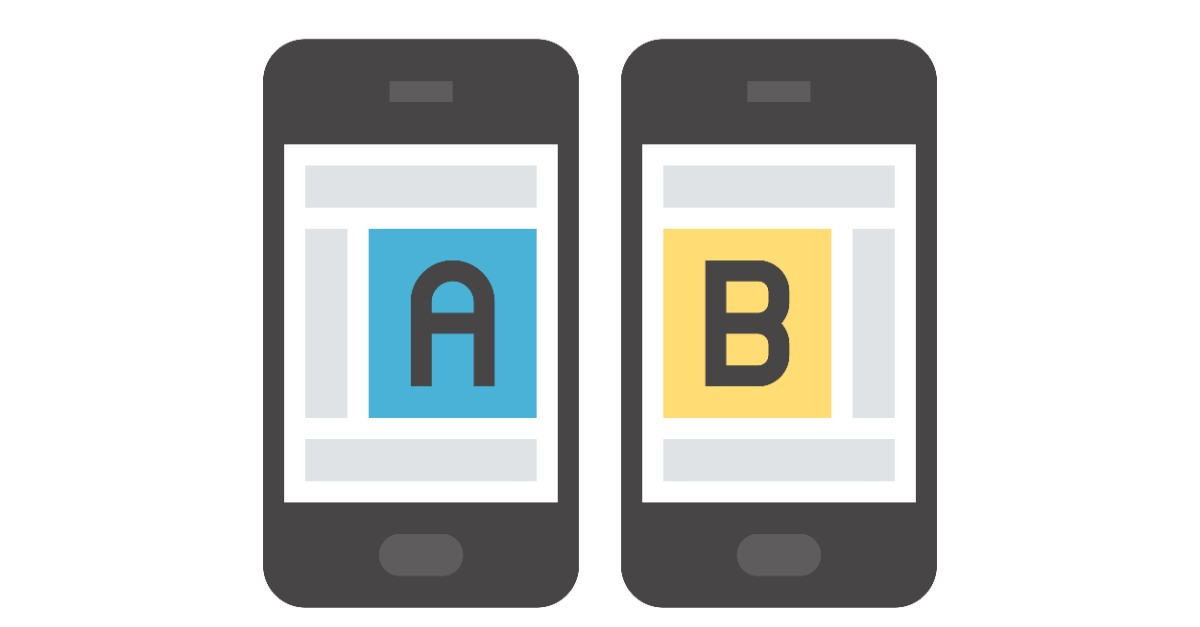
Optimizing your landing page is crucial for its success. By employing techniques such as A/B testing, ensuring mobile responsiveness, and focusing on SEO and keyword targeting, you can create a landing page that performs well and drives results. Optimization not only helps to improve the user experience but also increases the likelihood of converting visitors into leads and customers.
A/B testing allows you to experiment with different variations of your landing page to determine which version is most successful. By comparing the performance of different designs, messaging, and CTAs, you can identify the most effective elements and incorporate them into your final landing page. Mobile responsiveness ensures that your landing page looks and performs well on all devices, leading to a better user experience and higher conversion rates.
Lastly, SEO and keyword targeting can help to increase your landing page's visibility in search engines, driving more organic traffic to your page. By focusing on these optimization techniques, you can create a landing page that not only looks great but also performs exceptionally well.
With a well-optimized landing page, you can drive more traffic, generate more leads, and ultimately grow your business.
A/B Testing
A/B testing is a method used to experiment with different variations of a landing page to determine the most successful version. This process is crucial for optimizing your landing page, as it helps you identify which elements are most effective in achieving your intended outcome, such as increasing conversions or reducing bounce rates.
A/B testing also offers valuable insights into user behavior and preferences, allowing you to make data-driven decisions and further optimize your landing page. By comparing the performance of different designs, messaging, and CTAs, you can identify the most effective elements and incorporate them into your final landing page.
This data-driven approach can lead to a more successful landing page, as you can tailor the design and content to resonate with your target audience and encourage them to take the desired action.
Mobile Responsiveness
Mobile responsiveness is a critical aspect of landing page optimization, as it ensures that your page adapts to various screen sizes and offers an improved user experience. With the increasing number of users accessing the internet via mobile devices, it's more important than ever to ensure that your landing page is mobile-friendly. A responsive design automatically adjusts the page layout to different screen sizes, providing a seamless experience for all users.
In addition to a responsive design, optimizing images and other media for mobile devices is essential to ensure fast loading speeds and a pleasant user experience. By focusing on mobile responsiveness, you can enhance the performance of your landing page and increase the likelihood of converting visitors into leads and customers.
SEO and Keyword Targeting
Search engine optimization (SEO) and keyword targeting play a significant role in driving organic traffic to your landing page. By incorporating relevant keywords and optimizing your content for search engines, you can increase the visibility of your landing page in organic search results, driving more traffic and potential customers to your page.
To effectively target keywords, it's important to conduct thorough keyword research and identify the terms that your target audience is likely to use when searching for your product or service. By incorporating these keywords into your landing page content, headlines, and metadata, you can improve your page's search engine rankings and attract more targeted traffic.
Additionally, optimizing your landing page's performance and user experience can further enhance its search engine rankings, leading to increased visibility and organic traffic.
Driving Traffic to Your Landing Page
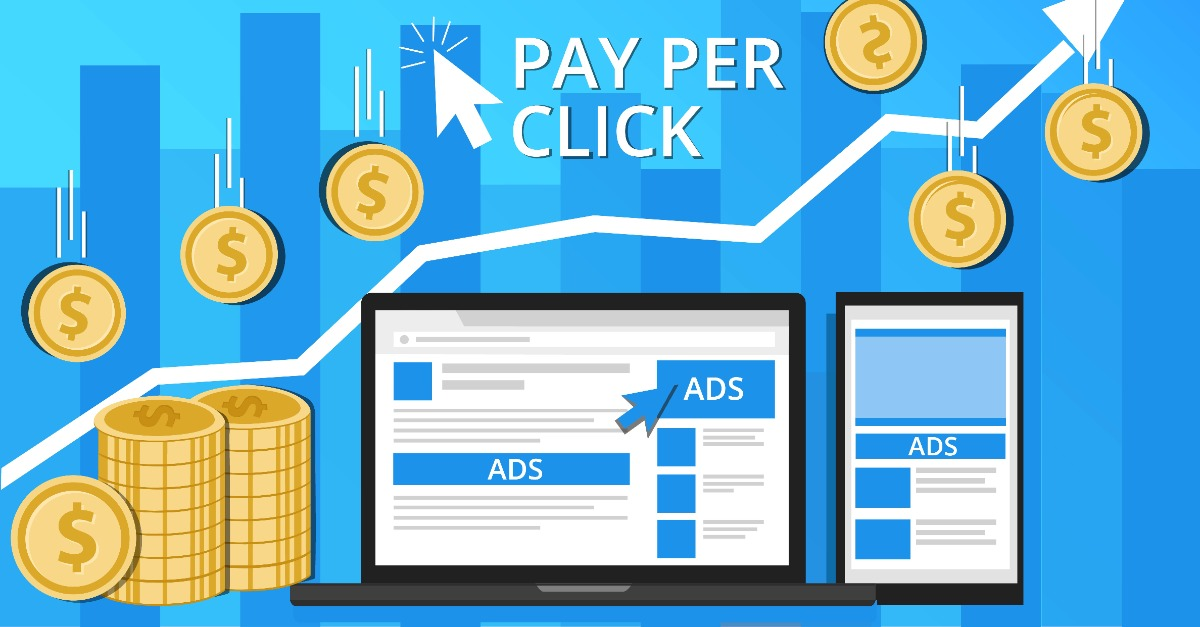
Driving traffic to your landing page is crucial for its success, as it populates the funnel with visitors and enables the page to fulfill its purpose. Paid advertising, organic search, and email marketing are all effective ways to drive traffic to your landing page. Each of these methods has its own unique benefits and can be tailored to suit your specific marketing goals and target audience.
Paid advertising, such as search results ads, social media ads, and banner ads, can help boost your landing page's visibility and direct more targeted traffic to your page. Organic search optimization ensures that your landing page ranks well in search engines, attracting more visitors without the need for paid ads. Email marketing offers the opportunity to continually communicate with your existing customers and website visitors, driving more traffic to your landing page through targeted campaigns.
By employing a combination of these strategies, you can drive more traffic to your landing page and increase your chances of converting visitors into leads and customers.
Paid Advertising
Paid advertising can provide a significant boost to your landing page's visibility, directing more traffic to your website and generating more leads. There are several types of paid advertising that can be used to promote your landing page, including search results advertisements, social media advertisements, and banner advertisements. Each type of advertisement offers its own unique benefits and can be tailored to suit your specific marketing goals and target audience.
One of the advantages of paid advertising is the ability to target specific groups of potential customers, ensuring that your ads are seen by the people most likely to be interested in your product or service. By selecting the right platform for your paid advertising campaigns, you can effectively target your audience and drive more traffic to your landing page. Additionally, monitoring the results of your campaigns and making adjustments as necessary can help you optimize your ads for the best possible performance.
Organic Search
Organic search traffic is those visitors who access your website without any payment of money. They usually come from the search results lower half of Google or Bing. By optimizing your landing page for organic search, you can increase its visibility in search engine results and attract more traffic to your page.
SEO, or search engine optimization, is a specialized field that involves using strategic and technical techniques, along with content creation, to maximize organic traffic from search engines. By incorporating relevant keywords and optimizing your content for search engines, you can improve your landing page's search engine rankings and attract more organic traffic.
Additionally, focusing on creating high-quality content that offers value to your target audience can help establish your landing page as an authoritative resource, further boosting its search engine rankings and visibility.
Email Marketing
Email marketing is an important aspect of driving traffic to your landing page, as it allows you to continually communicate with your existing customers and website visitors. By creating targeted email campaigns that promote your landing page and its valuable offer, you can drive more traffic and generate more leads. Integrating landing pages into your email marketing campaigns can also help to create a more personalized experience for your subscribers, increasing the likelihood of conversion.
Incorporating landing pages into your email marketing campaigns is a proven strategy for success, as personalized emails can generate up to 6 times more transactions. Each personalized email should be accompanied by a personalized landing page, tailored to the specific needs and preferences of your target audience. By combining email marketing with targeted landing pages, you can drive more traffic and increase conversions, ultimately growing your business.
Measuring Landing Page Success

Measuring the success of your landing page is crucial to evaluate the performance of your marketing campaign and optimize your efforts for better results. By tracking key performance indicators (KPIs) such as conversion rate, bounce rate, and time on page, you can gain valuable insights into the effectiveness of your landing page and identify areas for improvement.
In addition to tracking KPIs, analyzing user behavior and engagement metrics can provide insight into how visitors interact with your landing page. This information can help you better understand your audience and make data-driven decisions to optimize the page for improved performance.
By monitoring metrics and conducting thorough landing page analysis, you can identify which pages are successful and which ones require improvement, enabling you to make informed decisions about your marketing campaigns.
Key Performance Indicators (KPIs)
Key performance indicators, or KPIs, are essential for measuring the success of your landing page and optimizing its performance. Some of the most important KPIs for a landing page include conversion rate, bounce rate, page views, time spent on page, sessions by source, cost per conversion, form abandonment, and return vs. new visitors. By tracking these metrics, you can gain valuable insights into the effectiveness of your landing page and identify areas for improvement.
The most essential KPI is the conversion rate, as it directly measures the effectiveness of your landing page in turning visitors into leads or customers. Other important KPIs, such as bounce rate and time spent on page, can provide additional insights into user behavior and preferences, helping you to optimize the landing page for better performance.
Analyzing and Adjusting
Analyzing and adjusting your landing page is essential for achieving improved performance and increased conversions. By examining user insights and behavior, you can understand how visitors interact with your landing page and make data-driven decisions to optimize its performance. Tracking metrics and conducting thorough landing page analysis can help you identify which pages are successful and which ones require improvement, enabling you to make informed decisions about your marketing campaigns.
To analyze and adjust your landing page, start by identifying the relevant KPIs to track. Use analytics tools to measure the performance of the page and pinpoint areas for improvement. Make the necessary adjustments to the page based on the data collected, and monitor the results to determine the effectiveness of the changes.
By continually analyzing and adjusting your landing page, you can optimize its performance and achieve greater success in your marketing efforts.
Summary
In conclusion, landing pages are an essential component of any successful marketing strategy, providing a targeted and focused platform for converting visitors into leads and customers. By understanding the different types of landing pages, their components, and the techniques for optimization, you can create a high-converting landing page that drives results.
With a well-crafted landing page, you can effectively nurture existing customer relationships and acquire new ones, refining your marketing strategy and targeting efforts for increased success. By employing techniques such as A/B testing, mobile responsiveness, and SEO and keyword targeting, you can optimize your landing page for maximum performance and drive more traffic, leads, and sales for your business. Keep experimenting, analyzing, and adjusting your landing page to unlock its full potential and transform your marketing efforts!
Frequently Asked Questions
What is a landing page on a website?
A landing page is an important tool for any website, used to capture visitor information and convert them into leads. It offers a valuable offer or incentive to prompt the user to fill out the form or perform an action, ultimately leading to a successful conversion.
What is the difference between a website and a landing page?
A website is a hub for multiple pages and information, while a landing page is a single web page with the sole purpose of converting visitors into leads or customers. Websites are designed to draw attention and inform while landing pages are built for user engagement and getting results.
Are landing pages still a thing?
Yes, landing pages are still a very viable marketing tool in 2021. Not only can they be used to promote products and services, but they are also helpful for capturing leads and providing targeted content.
PPC ads remain one of the most effective ways to get your landing page seen by interested customers.
Do I need a landing page if I have a website?
Having a website is the foundation for any digital presence, but having an effective landing page can be key to achieving specific goals. Landing pages are designed to capture customer information and serve as the foundation for other tactics, such as retargeting advertisements.
Therefore, you do need both a website and a landing page in order to make the most out of your digital marketing efforts.
What is a landing page vs a website?
A website is a broad digital space where multiple objectives can be pursued, while a landing page focuses on a single goal like subscription, purchase, download, etc.
Landing pages are designed to lead visitors towards a specific action and they are generally more focused than traditional websites.

